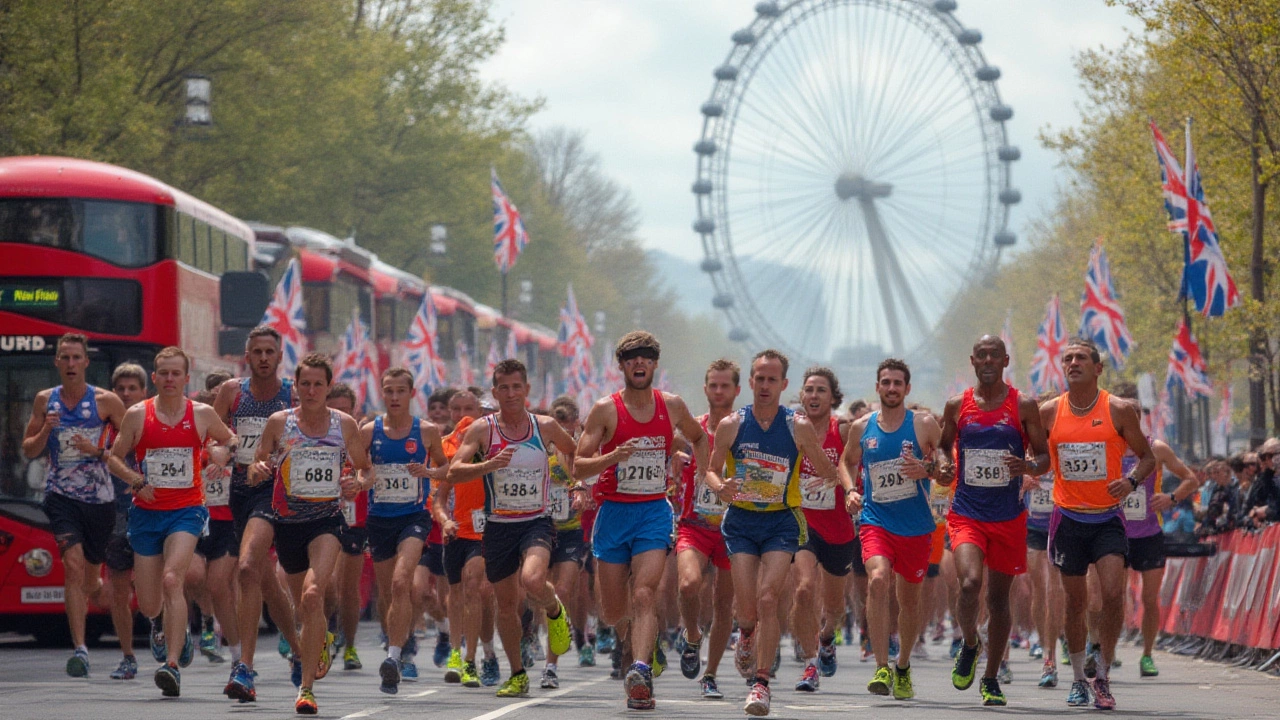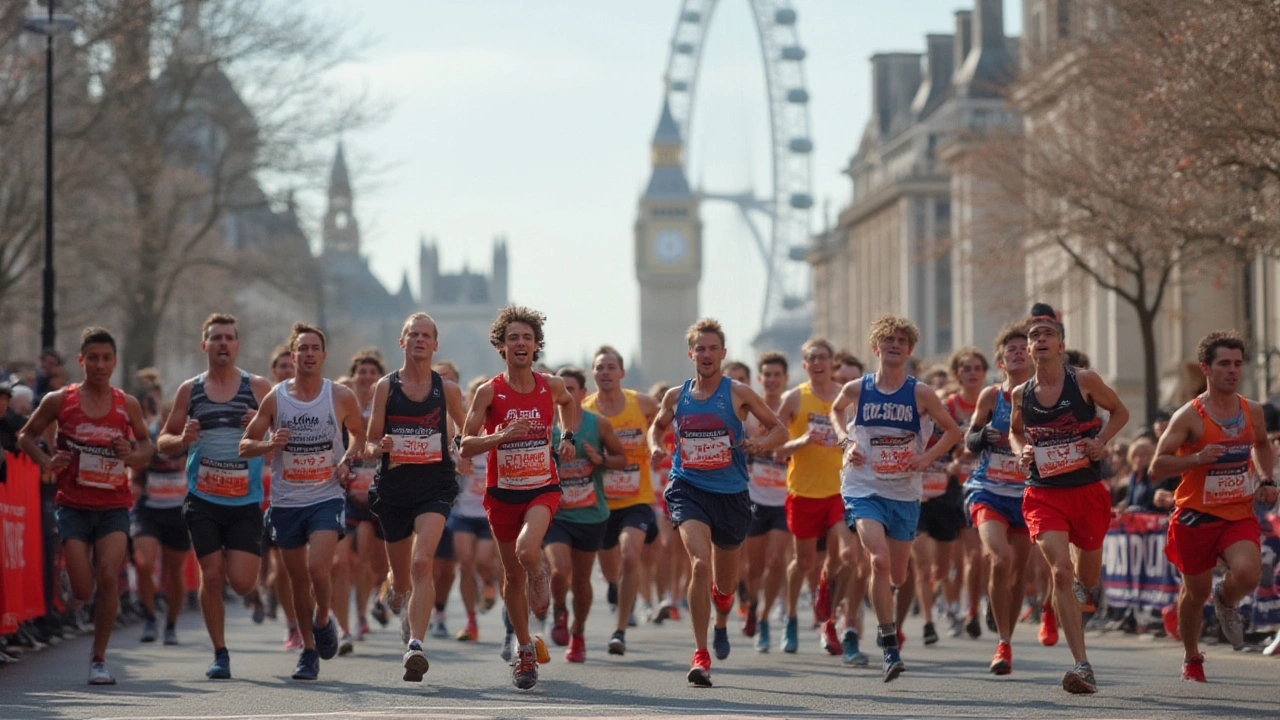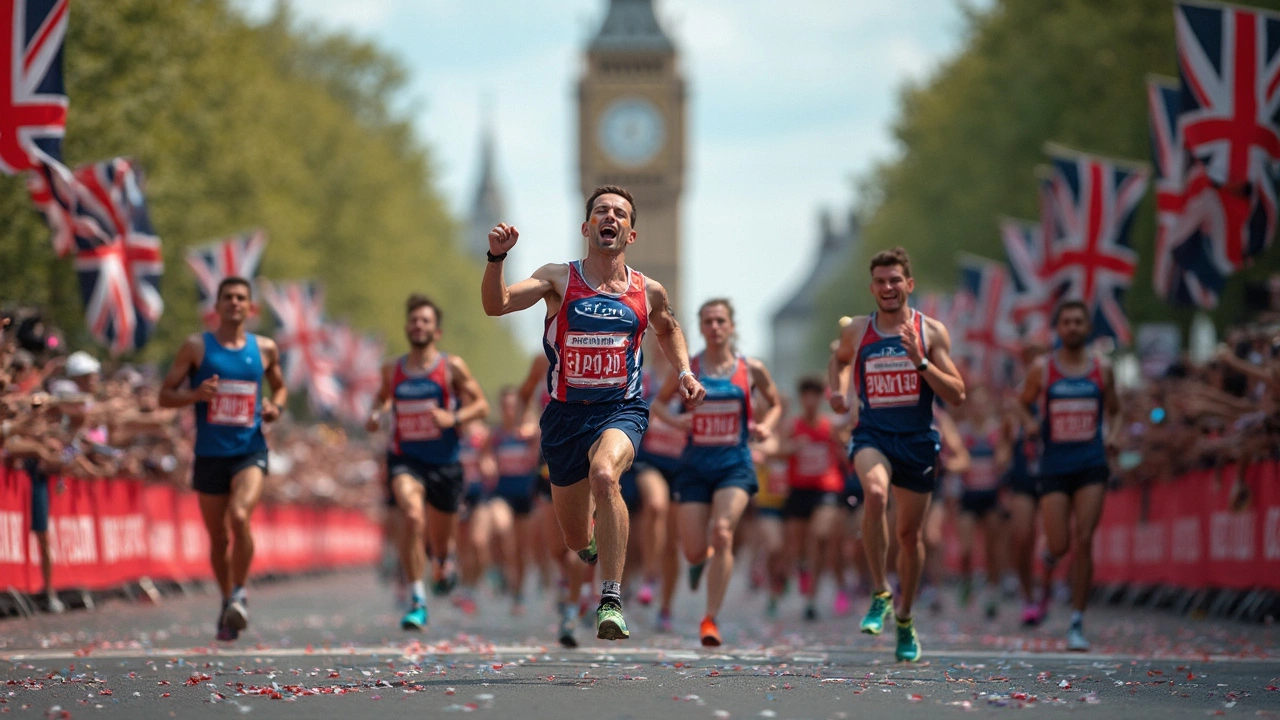Marathon Pace: How to Set, Train, and Hit Your Goal
When working with marathon pace, the average speed you aim to hold over the full 26.2‑mile distance. Also known as race tempo, it directly determines your marathon time, guides your training plan, and shapes the race day strategy you’ll use on the big day. Understanding running speed in relation to target pace helps you choose the right workouts, from long runs to interval sessions. Mastering marathon pace can transform your race results, giving you a clear metric to chase in every training block.
How to Find Your Ideal Pace and Build a Plan Around It
The first step is a realistic assessment of your current fitness. A recent 5‑k run, a recent half‑marathon, or even a timed mile can give you a solid baseline. From that data, you calculate the average speed you need to sustain for your desired finish time – that’s the core of marathon pace. Once you have that number, you can translate it into splits per kilometer or mile, making it easy to monitor during training and on race day. Next, embed the pace into a structured training plan. Most plans alternate between easy‑run days, long‑run days, and speed‑oriented sessions such as tempo runs or interval repeats. Each of these workouts targets a specific aspect of marathon pace: easy runs teach you to run efficiently at lower effort, long runs build endurance at or just below target pace, and speed work improves your lactate threshold, letting you hold your goal pace longer without fatigue. By aligning every workout with the central concept of marathon pace, you create a coherent, purpose‑driven program that avoids wasted mileage. Finally, fine‑tune your race day strategy. Hydration, fueling, and gear choices all feed back into the ability to hold your target pace. Practice your nutrition plan during long runs at marathon pace, so your stomach knows what to expect. Choose shoes that match your foot strike and the speed you need, and rehearse the pacing strategy in a few shorter races. When the day arrives, you’ll have a mental script that links each mile to a specific split, making it easier to stay on track and adjust to conditions.
Below you’ll find a curated list of articles that dive deeper into each of these areas – from breaking down the math behind your target time to detailed workout calendars and race‑day pacing tricks. Whether you’re aiming for a first marathon or trying to shave minutes off a personal best, the resources here will give you practical steps to turn your marathon pace goal into reality.
What Is a Respectable Marathon Time? Real Runners Share Their Insights
Find out what makes a marathon time 'respectable,' from new runners to elites, with real stats, expert advice, and local Aussie flavor.
Is 4.5 Hours a Good Marathon Time? Real Talk for Runners
Curious if 4.5 hours is a good marathon time? This deep-dive breaks down what it means, who hits this mark, and how to reach or beat it, in clear, practical language.
Is a 3:20 Marathon Time Good? Running Benchmarks & Achieving Goals
Wondering if a 3:20 is a good marathon time? Discover what this time means, how it compares to averages, and tips to train smarter.
Slowest Possible Marathon Times: How Fast is Too Slow?
Explore the slowest times one can run a marathon while still completing it officially. This article provides insights into average marathon cut-off times, reasons why runners may aim for slower paces, and tips for successfully completing a marathon at a leisurely pace. Learn about the inspirational stories behind runners who have set records for the slowest marathons. Whether you're a beginner or taking it easy for a cause, understanding these dynamics will help in setting personal marathon goals.








